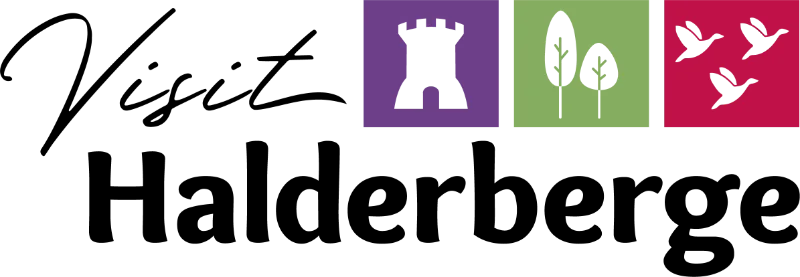From 'Threatened, Occupied, Liberated. Bosschenhoofd and Hoeven in the Second World War'
In the parish of St John the Baptist in Hoeven, chaplain Alfred Verhaegen was, for many young people, someone they could turn to with questions and who actually worked on their behalf. By mid-1943, hiding began to take off across the country. Most of the people in hiding in Hoeven were young men eligible for labour recruitment. Chaplain Verhagen provided them with hiding addresses, distribution cards, food and pocket money. In the beginning, the chaplain was not part of the organised resistance, but had a small group of collaborators. Later, he came into contact with the National Organisation for Assistance to People in Hiding (LO). At one point, chaplain Verhaegen and his collaborators must have been in charge of 80 people in hiding.
In the resistance work, chaplain Verhaegen came into contact with Sjef Adriaansen, a young military police officer who had defected to England in 1942, where he trained as a radio operator. With lieutenant Harm Steen, he was dropped near Rijsbergen on the night of 10-11 January 1944. Sjef Adriaansen installed himself and his transmitter in the Princenhage mill. On 1 March 1944, two other intelligence agents, jac. Van Loon and Andries Ausems, were dropped. On the same day, lieutenant Steen was seized by the Sicherheitsdienst (SD). The transmitter was then immediately transferred and then taken to a different post each time. Finally, the transmitter ended up with chaplain Verhaegen. On 14 July 1944, the transmitter was polled; the transmitting equipment was then located in the rectory in chaplain Verhaegen's room. When the Germans raided, they arrested Adriaansen, parish priest De Hoog, chaplain Baars and chaplain Verhaegen.


The prisoners were taken to the Royal Military Academy (KMA) building in Breda and from there to Haren. Chaplain Verhagen took all the blame during the interrogations, as a result of which pastor De Hoog and chaplain Baars were released after about six days. Adriaansen and chaplain Verhaegen ended up in camp Vught. Chaplain Verhaegen was executed there, without trial, on 5 September 1944. Sjef Adriaansen came before the firing squad on 6 August 1944.
A few years later, pastor De Hoog had a plaque affixed to the Hoeven parish church in honour of chaplain Verhaegen. Chaplain Verhagen was posthumously awarded the Mobilisation Cross by the Minister of War on 19 November 1951. In 1969, the Hoeven municipal council decided to name a street after the chaplain: Verhaegen Park.

J. Couwenbergh-Jansen told the following about the arrest of chaplain Verhaegen:
"I don't remember exactly when it happened, I think in 1944, when the parish priest and the two chaplains were picked up by a German raiding van. It was around 1pm. We, the teachers of the Maria School who were staying over at lunchtime, also went to watch and saw how all three of them: the parish priest, chaplain Verhaegen and chaplain Baars came boarding out of the presbytery with a small suitcase. This I have never forgotten."

